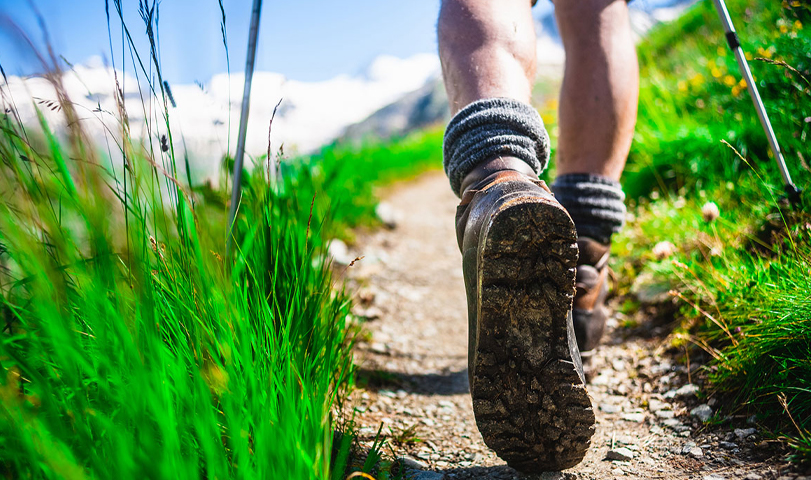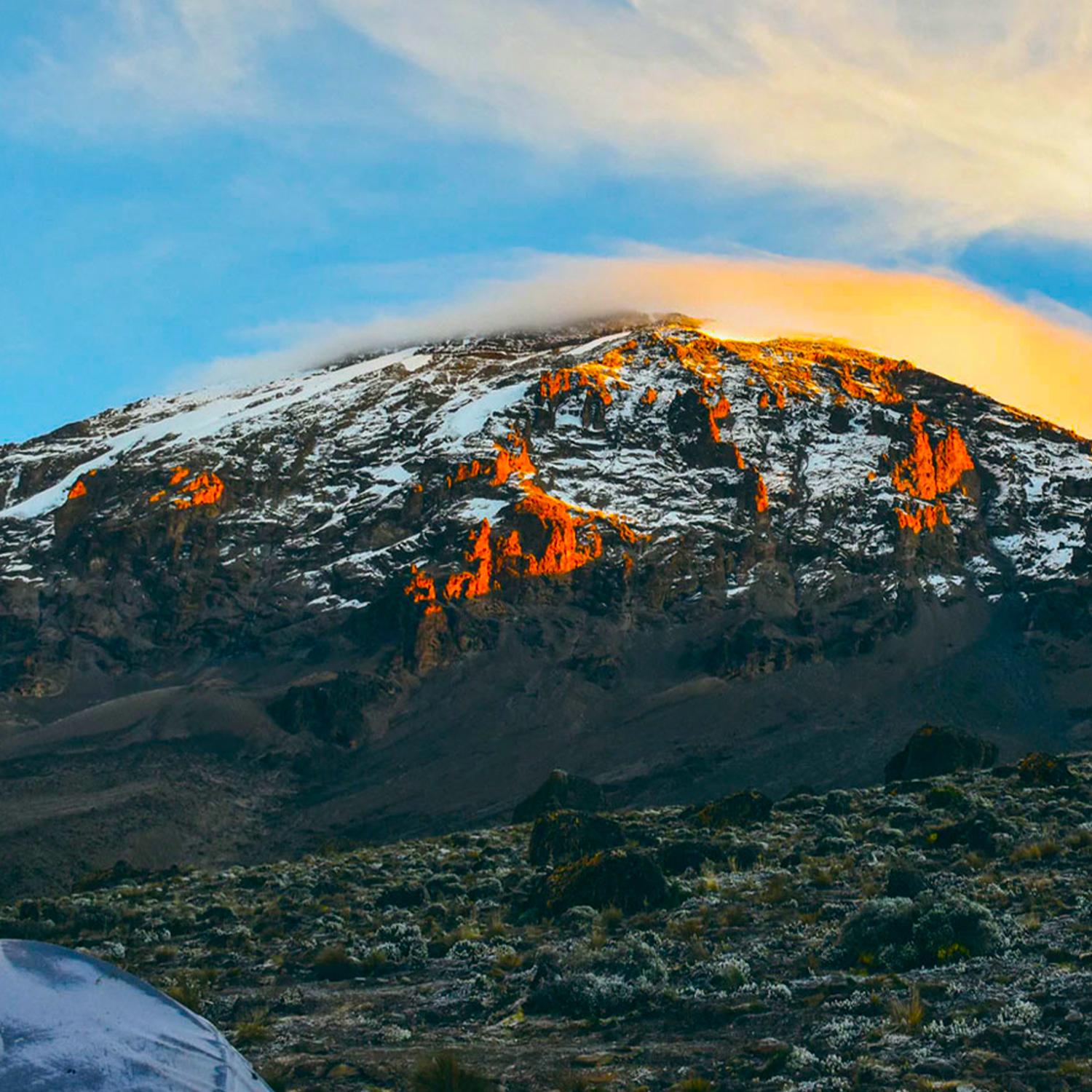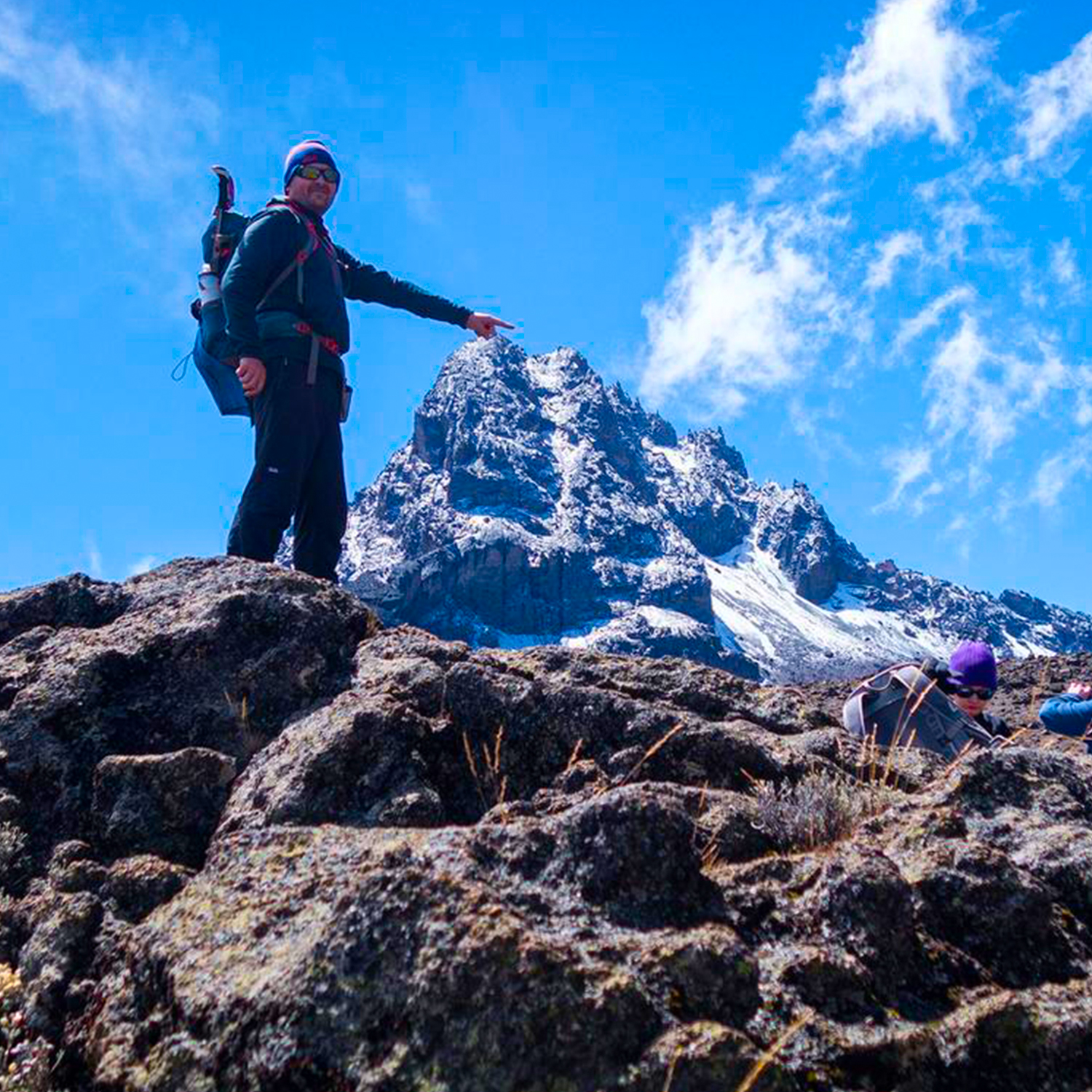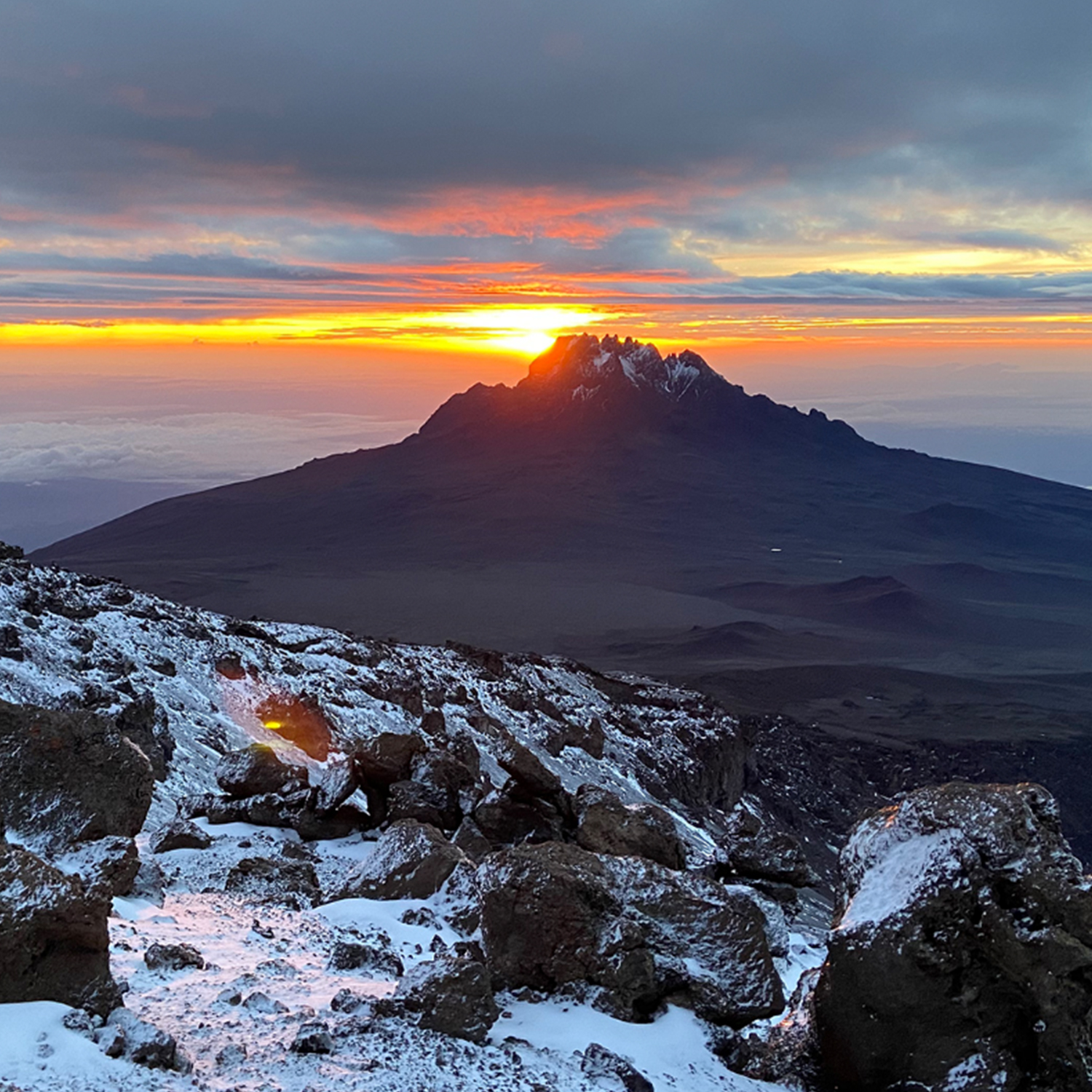Training For Kilimanjaro
Training for Kilimanjaro - Things You Need to Know
Training for Kilimanjaro!
Mountain climbing is a very sport-specific activity and having the proper fitness is fundamental. While there are many different approaches to training, we highly recommend Sport Specific training, which means hiking uphill (or on gym apparatus) as your primary training with a pack. Most climbers train 4-6 days a week.
Much of the development and progress can take place during the weekly training sessions, which are usually shorter in time then longer weekend hikes.
Your “test” as to fitness is the ability to travel at a pace of 1000 vertical feet per hour with the required pack weight (and the expectation for most is to build to this point over time). Please review the below training pages as well as the resources for literature and personal trainers.

GETTING IN SHAPE FOR CLIMBING
Training for mountaineering focuses on building a sport-specific fitness developing cardiovascular endurance training, flexibility, and strength training. The training information here will help you arrive prepared for the mountain. Most people will need to train for a Kilimanjaro climb for at least 4-6 months. Please review all training tabs to get a full sense of what type of condition you need to be in for this climb. For those who have not specifically trained for mountaineering in the past, we recommend utilizing numerous resources to build your training plan.
PREPARATION FOR KILIMANJARO CLIMBS
Climbing Kilimanjaro is a serious undertaking. Just because you exercise regularly (four to six times per week) does not mean you have the conditioning needed to reach the summit of Kilimanjaro (19,340 ft.). Plenty of people who have the endurance to run a marathon fail to summit high-altitude peaks. Pure cardiovascular fitness is simply not enough. You need to be able to ascend several thousand feet of elevation on successive days carrying a day pack (15–25 lbs.) on your back. Prioritize your training efforts in the following way, assuming that you are in good health and injury-free:Climbing Kilimanjaro conditioning – pack-loaded uphill hiking, walking, and stair-climbing Strength training — for the lower body and core Cardiovascular training — including both aerobic and anaerobic workouts, without pack weight Flexibility training Most people will need to train specifically for climbing Kilimanjaro for at least three to four months. During your training, you will need to progressively ramp up your hike time, distance, and elevation gain (at roughly 10% per week) to safely and effectively build your trekking-specific conditioning. Trying to rush this will increase the risk of experiencing some sort of training injury and not being ready for your trip. Below are more details of how to incorporate these four priorities into your program.
CLIMBING CONDITIONING
Hike along outdoor trails, gradually increasing your pack weight until you are comfortable carrying a 25 lb. pack. If you live where it is relatively flat, go up and down stairs or train on an inclined treadmill or Stair Master. Use whatever varied surface terrain (i.e. gravel beds, sand dunes, river banks) you have access to. A reasonable goal would be to ascend 3,000 feet, carrying an average pack of 25 lbs. in a three-hour period, or roughly 1,000 vertical feet per hour. A good training option for pack weight is to carry water in gallon containers or collapsible jugs, so you can dump water at the top as needed, to lighten the load for the descent.In early season, start with a hike that gains up to 1,000 ft. elevation over 4 to 6 miles round-trip, and carry a 10-lb. pack; each hike, try adding two to three pounds until you are comfortable with a 20-lb. pack, then begin increasing the total elevation gain and mileage. When you can gain 3,000 feet with a 20-lb. pack, start decreasing rest breaks and increasing speed on each conditioning workout. A month from your trek, you should be comfortable carrying your target 25-lb. pack.
Two training techniques that will be useful for high-altitude trekking are: 1) Interval training. 2) Back-to-back training (discussed in more detail in “Putting It All Together,” below.) To include interval training, find a steep hill or set of stairs that will allow you to climb steadily for several minutes. Push as hard as you can going up, then recover coming down, and repeat for anywhere from 20–45 minutes depending on how close to your climb you are. Gradually add weight to your pack (no more than 10% per week) until you can carry 25 lbs. the entire time. If possible, participate in as many hikes at altitude as you possibly can to learn how your body reacts above 13,000 ft. elevation.
STRENGTH CONDITIONING
Training with free weights, bands, a backpack, bodyweight exercises, or gym machines will help you build overall strength, particularly in the core (lower back and abdominals), upper back and shoulders, and legs. Developing strength in your upper back and shoulders will help you with such tasks as carrying your pack and using trekking poles effectively. The calves, hips, quads, hamstrings, and glutes are all involved in ascending and descending scree and dirt trail terrain, and strength endurance is required in all areas of the legs and hips. Training primarily with free weights will give you the functional, trekking-specific strength that will help you most in the mountains. Free-weight training requires that you balance the weights as you would your own body: weighted with a pack, in three-dimensional space. When starting any strength conditioning program, complete two full-body strength workouts a week for 30–45 minutes each, focusing on compound exercises such as squats, lunges, step-ups, dips, pull-ups, rows, dead lifts, bench presses, push-ups, and overhead presses. In the beginning phase of strength conditioning, focus on building a foundation for harder workouts; to that end, keep the weight light enough to concentrate on good form and complete two sets of each exercise for 8–10 repetitions. As you continue to train, you will shift focus to building strength (generally fewer reps, five to eight, with heavier weight). Four to six weeks before your climb, shift your training to focus on strength endurance (more reps, 10–15, with light weight) to turn the newly gained strength into greater strength endurance. Each training phase should vary the weight used, repetitions completed, number of sets, and rest intervals. Regardless of training phase, always be sure you maintain proper form in order to prevent injury or strain.CARDIOVASCULAR CONDITIONING
Include spinal-loading aerobic training options three to five times a week. Appropriate options include trail running, walking on an inclined treadmill, stair-stepping or step mill training, jogging, working on an elliptical machine, walking up and down hills, or participating in step-aerobic classes. While biking, rowing, and swimming are aerobic options for the earliest stages of training, be sure as you get closer to your trip that you include activities suggested above that load the spine and legs the same way that trekking will. When first beginning a cardiovascular training program, begin with three workouts (i.e. Monday, Wednesday, and Friday) of 20–30 minutes of sustained activity at a moderate intensity, and build to four to five aerobic sessions of sustained effort for at least 45–60 minutes (taking perhaps Wednesday and Sunday as days off, for example.) Be sure to include a 5–10-minute gentle warm-up before working at your target heart rate for the day (for most workouts, choose a level of exertion that allows you to connect a few words together in a phrase, but leaves you feeling comfortably tired at the end of the workout), and cool down with 5–10 minutes of appropriate stretching of the muscles you use most in your activity, including lower back, calves, hamstrings, hips, and quadriceps.Suggested Hiking Tours to the Roof of Africa!
MOUNT KILIMANJARO CLIMBING
If you’re planning to hike to the summit of Mt. Kilimanjaro, the highest mountain in Africa, you’ll want to do it the right way. Trek the stunning Lemosho-Crater Camp Route, a beautiful, uncrowded trail on Kili’s remote southwest flanks. We perfected this trek with seven days on the mountain for optimal acclimatization, full porter service, expert guides, and extra time to acclimate on a mini safari in Arusha National Park.

8 Day Trekking
Kilimanjaro 8 Days Lemosho Route
8 Days Lemosho route climb is the best route for Kilimanjaro climbing Adventure. Lemosho Route is preferred by reputable operators due to beauty, remoteness and success rate.

7 Day Trekking
Kilimanjaro 7 Days Rongai Route
The Kilimanjaro 7 Days Rongai Route hike is one of the easiest routes, and the success rate is very high.

7 Days Trekking
Kilimanjaro 7 Days Machame Route
The 7 Days Machame Route begins on the southern side of Mount Kilimanjaro.





